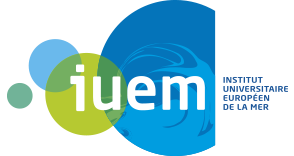SILICAMICS 4 conference review
The SILICAMICS interdisciplinary conference series, launched in 2015, aims to better understand biosilicification and the nature and importance of siliceous organisms in past, contemporary and future oceans. It is developing an integrative approach that includes physics, chemistry, biogeochemistry, biochemistry, physiology, ecology and genomics. The fourth conference, held at Moulin Mer (Logonna-Daoulas, France), brought together more than 50 scientists from America, Asia, Oceania, the Middle East and Europe.
The conference revealed the progress made in understanding the molecular basis of silicification and the transfer of dissolved silica from the environment to intracellular organs via SIT proteins. Planet Earth is rich in silica-containing plants. It acts as a biotic or abiotic stress attenuator. With regard to the oceans, in addition to the key role played by diatoms in the surface layers, the development of which is encouraged by the formation of small-scale physical structures, the role of radiolarians in the deep layers has been highlighted. In the benthic domain, siliceous sponges, dominant in ancient times, are widespread in both coastal and abyssal zones. Their role in coastal ecosystems is beginning to be better understood. Among the flows that contribute to the biogeochemical cycle of silicon in the oceans, the importance ofreverse weathering has been confirmed and that of sand dissolution questioned. Evidence of the direct impact of climate change on polar marine ecosystems was provided, particularly for the Arctic Ocean, where the rapid decrease in sea ice cover is affecting the functioning of pelagic and benthic ecosystems, as well as that of the sea ice biome.
Download the conference programme








